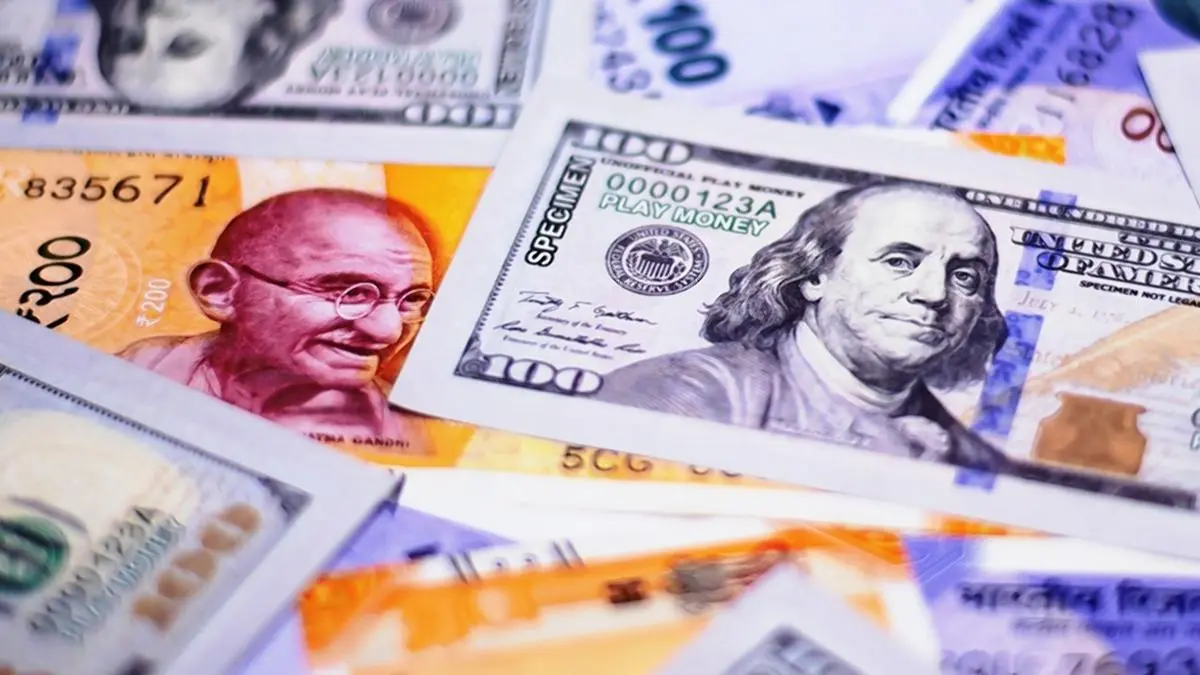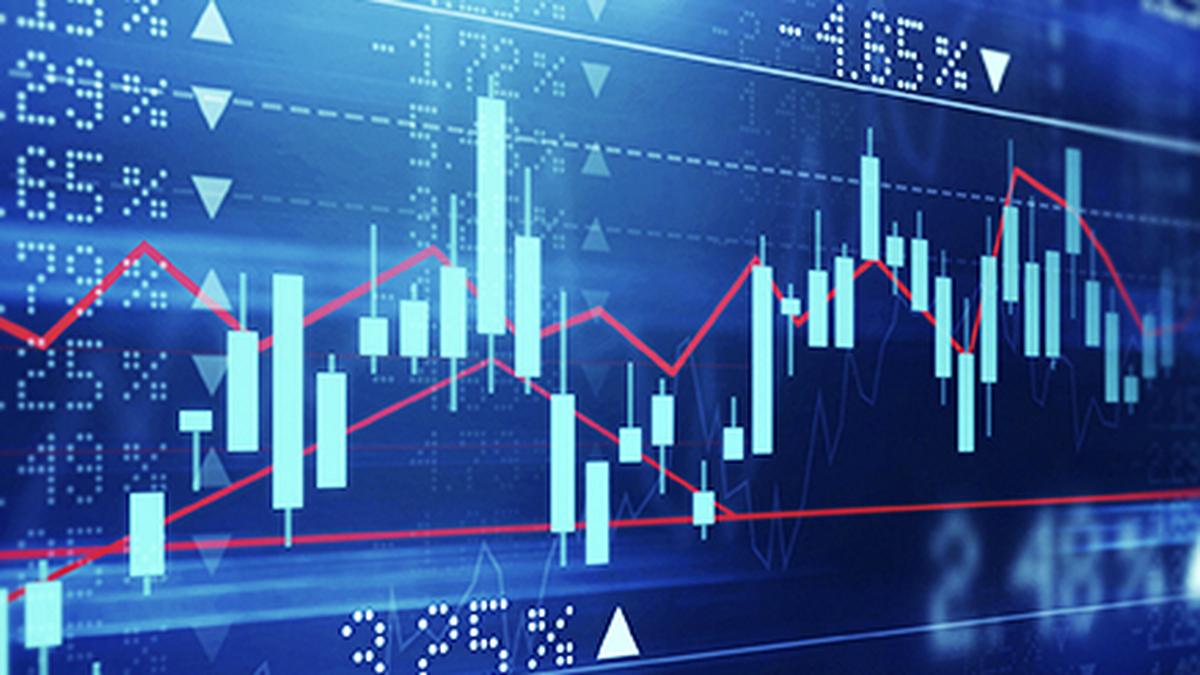FOREX
Why Broadcom Inc. (AVGO) Crashed On Friday

We recently published a list of 10 Stocks Took a Shocking Nosedive. In this article, we are going to take a look at where Broadcom Inc. (NASDAQ:AVGO) stands against other Friday's worst-performing stocks.
Broadcom dropped its share prices for a second day on Friday, shedding 5 percent to finish at $246.93 apiece as investors appeared to have already priced in its impressive earnings performance for the second quarter of fiscal year 2025.
In a statement, Broadcom Inc. (NASDAQ:AVGO) said it netted $4.965 billion during the period, higher by 134 percent than the $2.121 billion in the same period last year.
Revenues also increased by 20 percent to $15 billion from $12.487 billion.
A technician working at a magnified microscope, developing a new integrated circuit.
“Broadcom achieved record second quarter revenue on continued momentum in AI semiconductor solutions and VMware. [Second quarter] AI revenue grew 46 percent year-over-year to over $4.4 billion, driven by robust demand for AI networking,” Broadcom Inc. (NASDAQ:AVGO) President and CEO Hock Tan.
“We expect growth in AI semiconductor revenue to accelerate to $5.1 billion in Q3, delivering ten consecutive quarters of growth, as our hyperscale partners continue to invest,” he added.
Broadcom Inc. (NASDAQ:AVGO) also declared a cash dividend of $0.59 per share to stockholders as of June 20 record, payable on June 30.
Overall, AVGO ranks 6th on our list of Friday's worst-performing stocks. While we acknowledge the potential of AVGO as an investment, our conviction lies in the belief that some AI stocks hold greater promise for delivering higher returns and have limited downside risk. If you are looking for an extremely cheap AI stock that is also a major beneficiary of Trump tariffs and onshoring, see our free report on the best short-term AI stock.
READ NEXT: 20 Best AI Stocks To Buy Now and 30 Best Stocks to Buy Now According to Billionaires.
Disclosure: None. This article is originally published at Insider Monkey.

































